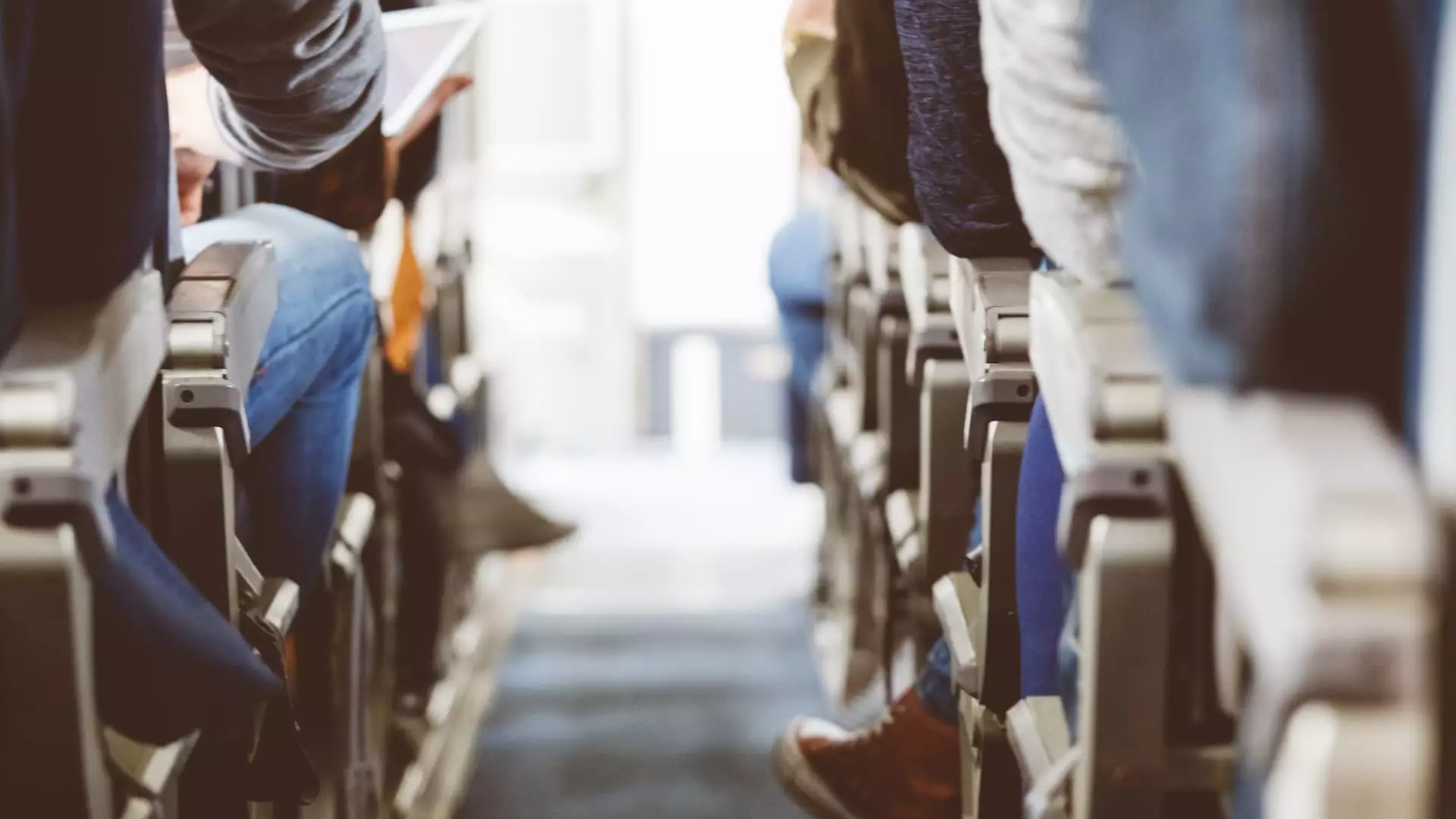Air travel is notorious for cramped spaces and common discomfort, but one issue consistently manages to ignite heated debates among passengers: seat reclining. A recent ad campaign by furniture company La-Z-Boy highlights this contentious topic and showcases the reasons that reclining has transformed from a benign action into a source of tension among air travelers. As the number of enthralled supporters and staunch opponents grows, understanding the roots of this dispute becomes less about inconvenience and more about respect for fellow passengers’ comfort.
La-Z-Boy’s catchy campaign aims to rally flyers against the dreaded act of reclination, encapsulated in their petition urging travelers to “Do the upright thing.” As of the latest reports, this petition has garnered over 186,000 signatures, marking a significant collective sentiment among a portion of the flying public. The company juxtaposes their iconic reclining chairs, designed for home comfort, against the realities of airline seating—underscoring the frustration that crammed cabin spaces provoke. This campaign cleverly invokes both humor and serious inquiry into the etiquette surrounding such a simple act as adjusting one’s seat.
Passenger opinions on reclining generally fall into two factions: the “never recliners” and the “recline enthusiasts,” with a subtle faction of those who consider it acceptable under specific conditions—such as on overnight flights. The diverse range of opinions mirrors varying cultural attitudes towards personal space and comfort. For example, a recent YouGov study indicates that Europeans generally have a low tolerance for seat reclining compared to travelers from regions like the UAE, where less than a third express annoyance at the practice. This discrepancy underlines how differing cultural norms can sway the perception of behavior that is seemingly straightforward.
As travel experiences become increasingly confined, numerous factors contribute to rising frustration levels among passengers. Larger body sizes, diminishing seat pitches, and the surprisingly complicated mechanics of reclining can create a domino effect, impacting multiple passengers throughout a flight. The La-Z-Boy campaign illustrates how a seemingly minor action—one that many perceive as their right—can disrupt the equilibrium of an already tense environment.
Additionally, the survey conducted by YouGov reveals that discomfort doesn’t just stem from reclining; attitudes towards other in-flight behaviors, such as personal grooming or the presence of noisy children, paint a broader picture of what travelers consider unacceptable. In this sense, reclining embodies a microcosm of air travel etiquette; small, personal choices reverberate through shared spaces, raising fundamental questions of courtesy.
Ultimately, La-Z-Boy’s ad campaign shines a spotlight on an ongoing social dynamic within the realm of air travel. The recline debate is more than a mere question of comfort; it reflects deeper values of respect, personal space, and cultural conditioning. As more passengers become aware of the nuances in flying etiquette, airlines may need to consider policies that account for these evolving expectations. As the airline industry continues to adapt to modern demands, this issue serves as a reminder that even the most innocuous acts can evoke strong reactions in the complex world of shared travel.

